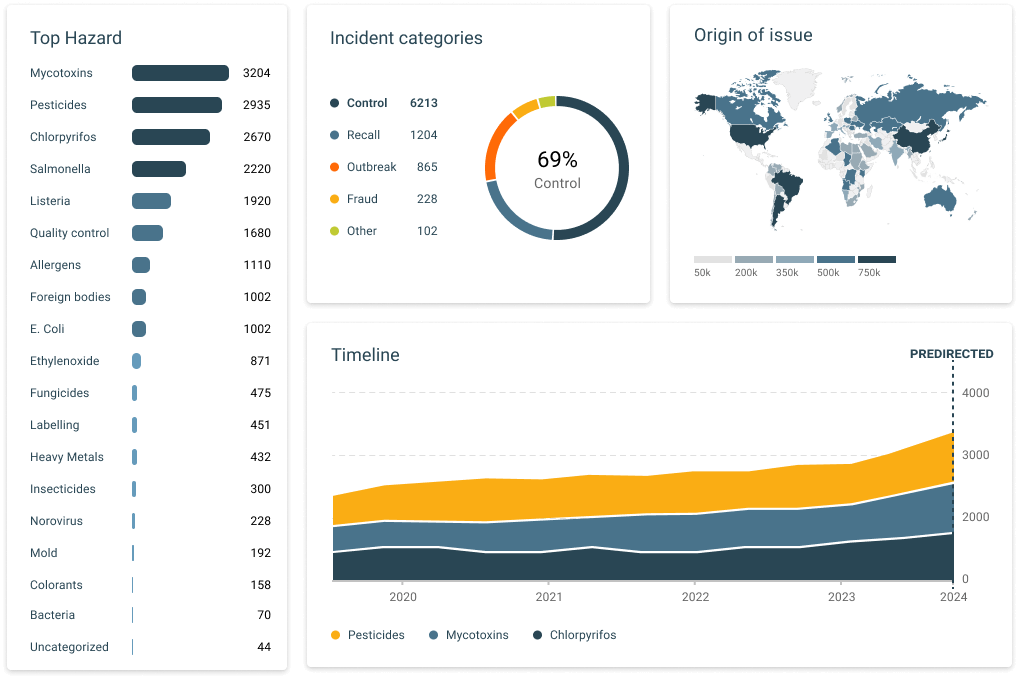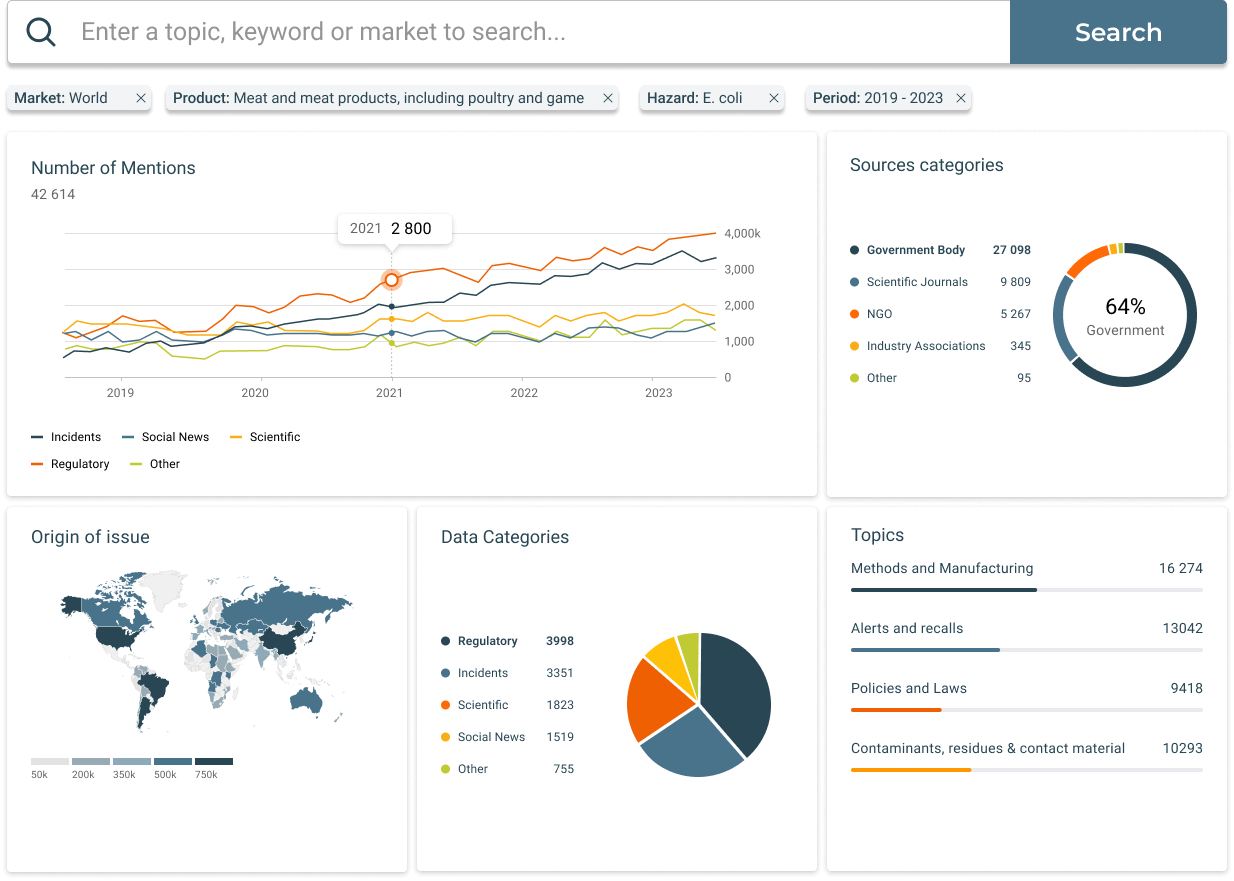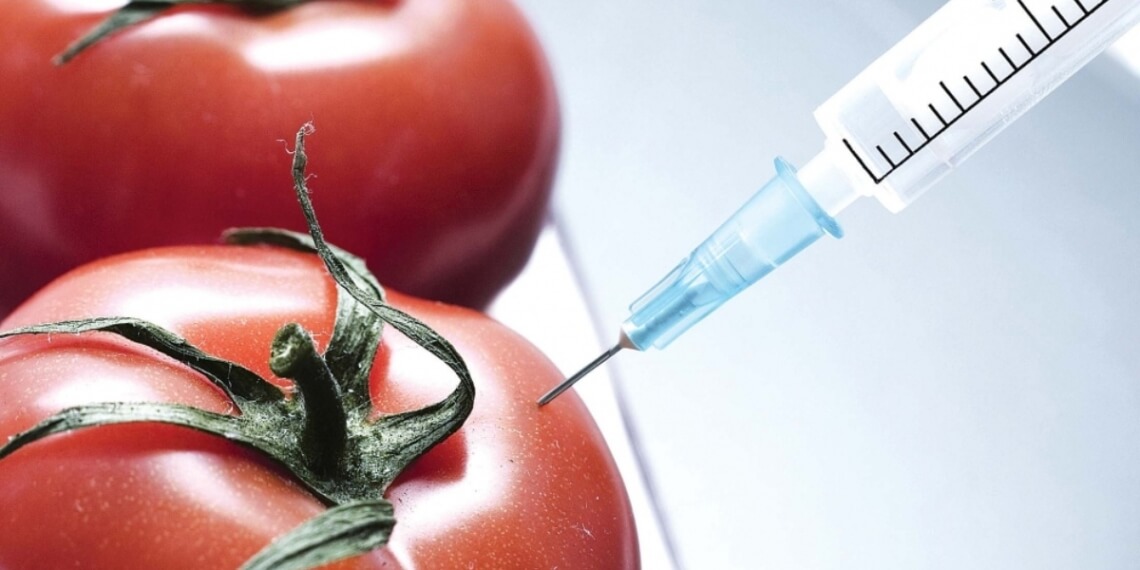Food fraud, or the intentional adulteration, substitution, misrepresentation, or counterfeit food products for economic gain, places consumer health and brand integrity at risk and even endangers the global food supply chain. This is a fraudulent activity that can result in serious health complications, financial losses, and a decline in consumer confidence.
Clearly, detection and prevention strategies are sorely needed now more than ever before, considering globalization and increasing intricacy in the industry of food. This paper reviews some of the existing methodologies and strategies in this war against food fraud to guarantee safe and authentic food for consumers.
Understanding Food Fraud
Food fraud encompasses a wide range of deceptions that at times have far-reaching implications. Knowing the type one is dealing with helps in adopting an appropriate detection and prevention strategy. The primary forms of food fraud include:
-
Adulteration
- Involves adding inferior or harmful substances to products.
- Common adulterants include water, starch, and toxic chemicals.
- Example: Melamine added to milk to falsely boost protein content.
-
Substitution
- Occurs when high-value ingredients are replaced with cheaper alternatives.
- Often involves products like olive oil and seafood.
- Example: Cheaper fish species sold as premium ones.
-
Counterfeiting
- Production and distribution of imitation products.
- Severely damages brand reputation and consumer trust.
- Example: Fake wines and spirits with harmful substances.
-
Mislabeling
- Providing false information about a product's origin, quality, or ingredients.
- Misleads consumers and has legal repercussions.
- Example: False organic labels on conventional products.
-
Theft and Diversion
- Occurs when products are stolen or redirected from legitimate supply chains.
- Resulting goods are often sold illegally and unsafely.
- Example: Stolen cheese entering the market.
-
Unapproved Enhancements
- Use of unauthorized additives or methods to improve product appearance or shelf-life.
- Poses health risks due to unregulated substances.
- Example: Illegal dyes in spices.
Each type of food fraud poses unique challenges, making it essential to employ a range of detection and prevention methods to safeguard the food supply.
Detection Methods
Effective detection of food fraud requires a combination of traditional techniques and advanced technologies. Here are some of the primary methods:
Traditional Detection Techniques
-
Chemical Analysis
- Identifies adulterants and contaminants in food products.
- Common methods include chromatography and mass spectrometry.
- Example: Detecting melamine in dairy products.
-
DNA Barcoding
- Uses genetic markers to identify species and verify authenticity.
- Particularly useful for seafood and meat products.
- Example: Confirming fish species to prevent substitution fraud.
-
Spectroscopy
- Analyzes the interaction of light with food samples to identify composition.
- Methods include infrared and nuclear magnetic resonance (NMR) spectroscopy.
- Example: Detecting adulteration in olive oil.
Advanced Technologies
-
AI and Machine Learning
- Analyzes large datasets to identify patterns and anomalies indicative of fraud.
- Continuously improves accuracy with more data.
- Example: Predicting potential fraud hotspots in the supply chain.
-
Blockchain for Traceability
- Provides a secure and transparent ledger for tracking food products from farm to table.
- Enhances supply chain transparency and accountability.
- Example: Ensuring the authenticity of organic certifications.
-
IoT Devices for Real-Time Monitoring
- Sensors monitor environmental conditions and product integrity in real-time.
- Detects deviations that could indicate tampering or fraud.
- Example: Temperature sensors ensuring proper storage conditions for perishable goods.
Case Studies
- Chemical Analysis in Melamine Detection: The 2008 melamine milk scandal in China was uncovered through chemical analysis, highlighting the importance of these techniques in identifying harmful adulterants.
- DNA Barcoding in Fish Fraud: Numerous studies have used DNA barcoding to expose widespread mislabeling in the seafood industry, ensuring consumers receive the species they are paying for.
- Blockchain in Organic Certification: Several pilot projects have successfully used blockchain to track the authenticity of organic produce, from farm to retailer, reducing instances of counterfeit organic labels.
By integrating these traditional and advanced detection methods, the food industry can more effectively combat food fraud and protect consumers.
Prevention Strategies
Prevention of food fraud is as important as its detection. It calls for package policies that combine the regulatory frameworks, supply chain management, industry collaboration, and consumer awareness.
Regulatory Frameworks
The backbone of prevention of food frauds is the robust regulations. Agencies such as FDA and EFSA set stiff standards and regularly visit to check their implementation. These regulations deter fraudulent activities by way of severe penalties for the violators. International regulations get further strengthened with harmonization and add to global food safety.
Supply Chain Management
This could thwart food fraud only through transparency and traceability. Rigorous management of the supply chain ensures that every single step from sourcing the raw material to distribution is closely monitored. Blockchain technology, for example, provides a secure tracing of products to reduce the occurrence of fraud. Audits on a periodic basis and certification also help in maintaining supply chain integrity.
Industry Collaboration
Industry players, including manufacturers, suppliers, and retailers, can better fight food fraud if they collaborate. Sharing information regarding the risks of potential fraudulent activities, as well as best practices in case studies, may foster collective action against the fraudsters. Industry groups and alliances provide a very important channel for achieving this kind of co-operation.
Consumer Awareness
Another cardinal factor in the prevention of food fraud is consumer education. If consumers are aware of common practices amounting to fraud and know what to look for, they can make better decisions on purchases. Public awareness campaigns and labeling initiatives will help consumers recognize fraudulent products and avoid them. Encourage consumers to report on suspicious products for their early detection.
Case Studies
- Blockchain for Traceability: A notable example is Walmart's use of blockchain to track leafy greens, significantly reducing the time needed to trace the origin of products during food safety investigations.
- Industry Alliances: The Global Food Safety Initiative (GFSI) promotes collaboration among food safety experts worldwide, sharing knowledge and practices to improve food fraud prevention.
- Consumer Education Campaigns: The UK's Food Standards Agency (FSA) runs campaigns to educate consumers about food fraud, including how to identify mislabeled fish and counterfeit alcohol.
By integrating these prevention strategies, the food industry can create a more transparent, accountable, and safe supply chain, significantly reducing the incidence of food fraud.
Challenges in Detection and Prevention
Technological Limitations
Despite the advanced techniques in technology, detecting food fraud remains to be a challenge due to the sophistication of fraudulent techniques. Some adulterants are specifically designed to go undetected and may thus require constant methods for new testing. Not to mention developing regions that are left with little or no access to advanced technologies, thus making the global measures all the more complicated.
Regulatory and Enforcement Issues
Enforcement of food fraud regulation is still challenging due to the different standards enacted by different countries. If the regulatory framework differs from one country to another, it creates an opportunity for those who wish to commit fraud to exploit those loopholes. Moreover, in cases where available resources to the regulatory bodies are limited, it may affect effective monitoring and enforcement.
Globalization and Complex Supply Chains
The food supply chain has become global in nature, which adds to the complexity of detecting fraudulent activity. Indeed, most products cross countries and pass through many hands, thereby making it more subject to fraud. Such complex supply chains have traceability and transparency issues.
Future Trends
Emerging Technologies in Food Fraud Detection
Innovations in technologies are further strengthening food fraud detection. AI and machine learning are getting more advanced, making better predictive analytics and anomaly detection possible. Improved sensors and real-time monitoring devices also are under development to enhance transparency throughout the supply chain.
Potential Advancements in Regulatory Measures
These could include further legislations on standardization with global harmonization and more coordination among agencies across borders. This will not only develop its enforcement capability but also facilitate the sharing of data in real-time to effectively fight food fraud.
Predictions for the Future of Food Fraud Prevention
Connected with the period of technological advancement, food industries might start showcasing a much more comprehensive and integrated approach to fraud prevention; blockchain and other traceability solutions will be very common. Consumers will thus be very aware; demands from customers drive towards better transparency and integrity in the food supply chain.
Conclusion
Food fraud is an admitted risk to both safety and the integrity of the global food supply chain. Types and impacts of food fraud, while advanced detection technologies and robust strategies to prevent its occurrence can be drawn against this general issue in the food industry. This requires much-needed extra vigilance, innovation, and collaboration among all concerned to save the consumers and safeguard food systems.
How SGS Digicomply Helps in Food Fraud Detection and Prevention
SGS Digicomply’s suite of tools, powered by AI, significantly enhances the detection and prevention of food fraud.
FOOD SAFETY INTELLIGENCE HUB
The Food Safety Intelligence Hub integrates vast amounts of food safety data to provide comprehensive insights into potential fraud risks. By using AI, it identifies patterns and trends, enabling proactive measures against food fraud. For example, it can detect unusual spikes in specific contaminants, indicating potential adulteration. Watch demo.

REGULATORY INTELLIGENCE HUB
This feature ensures compliance with global food regulations. By continuously monitoring regulatory changes, it helps businesses stay updated and identify gaps that fraudsters might exploit. It alerts users to new regulations and provides detailed analyses of compliance requirements, reducing the risk of fraudulent activities slipping through regulatory cracks. Watch demo.

GLOBAL INGREDIENT MONITOR
The Global Ingredient Monitor tracks ingredients across the supply chain. AI analyzes data from various sources to verify ingredient authenticity and quality. This feature helps detect adulteration and substitution by comparing reported ingredient details against known standards and historical data, ensuring the integrity of the supply chain. Watch demo.

HORIZON SCANNING
Horizon Scanning leverages AI to predict emerging threats by analyzing global data sources, including news, scientific publications, and social media. It provides early warnings about potential food fraud incidents, allowing companies to take preventive actions. For instance, it can identify rising concerns about specific ingredients or suppliers, enabling preemptive measures. Watch demo.

It offers real-time insights, regulatory updates, and predictive analytics in a global food supply chain that is gradually getting complex to help businesses with product protection and consumer trust.





.webp?width=1644&height=1254&name=Food%20Safety%20Dashboard%201%20(1).webp)
